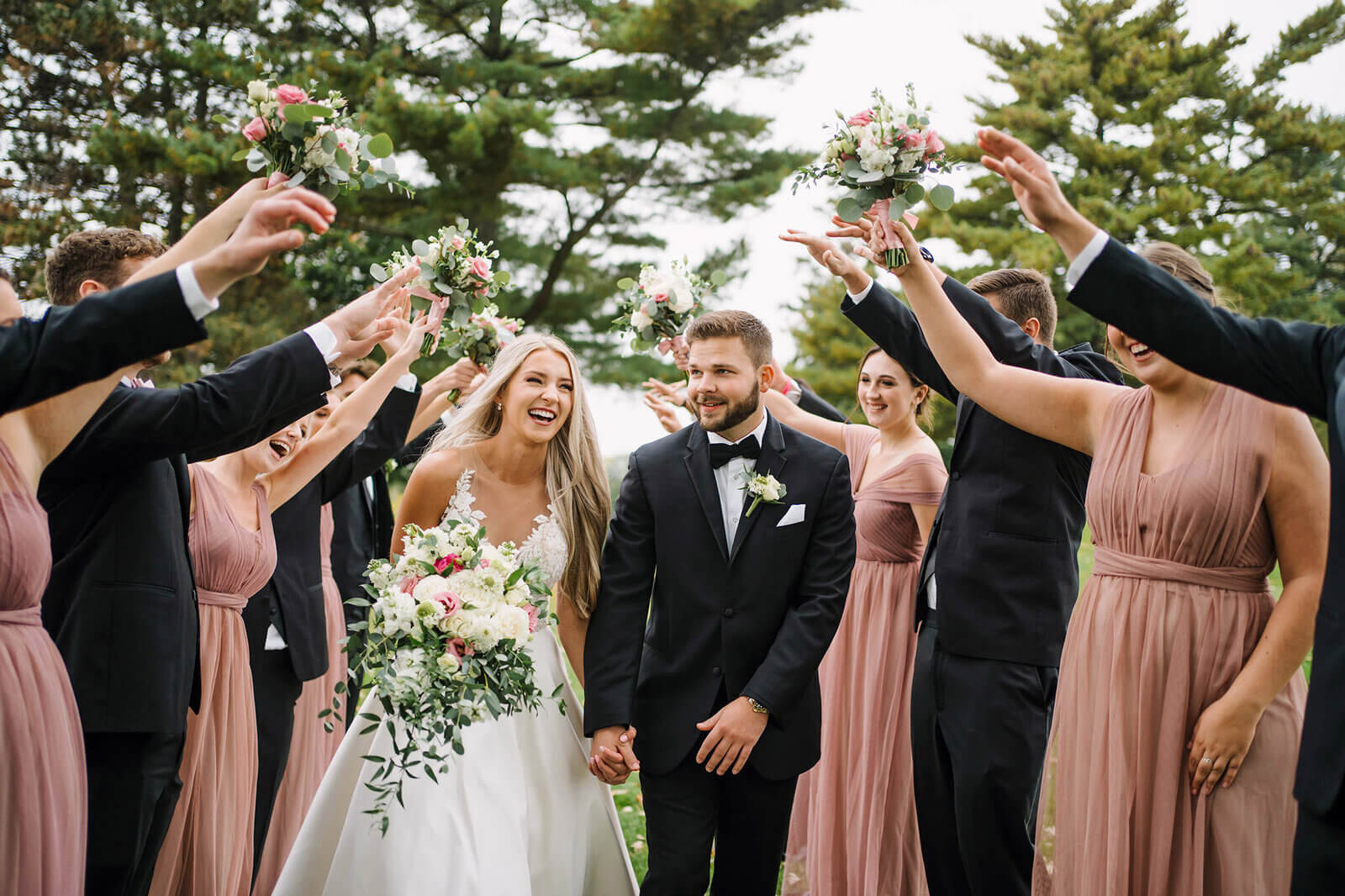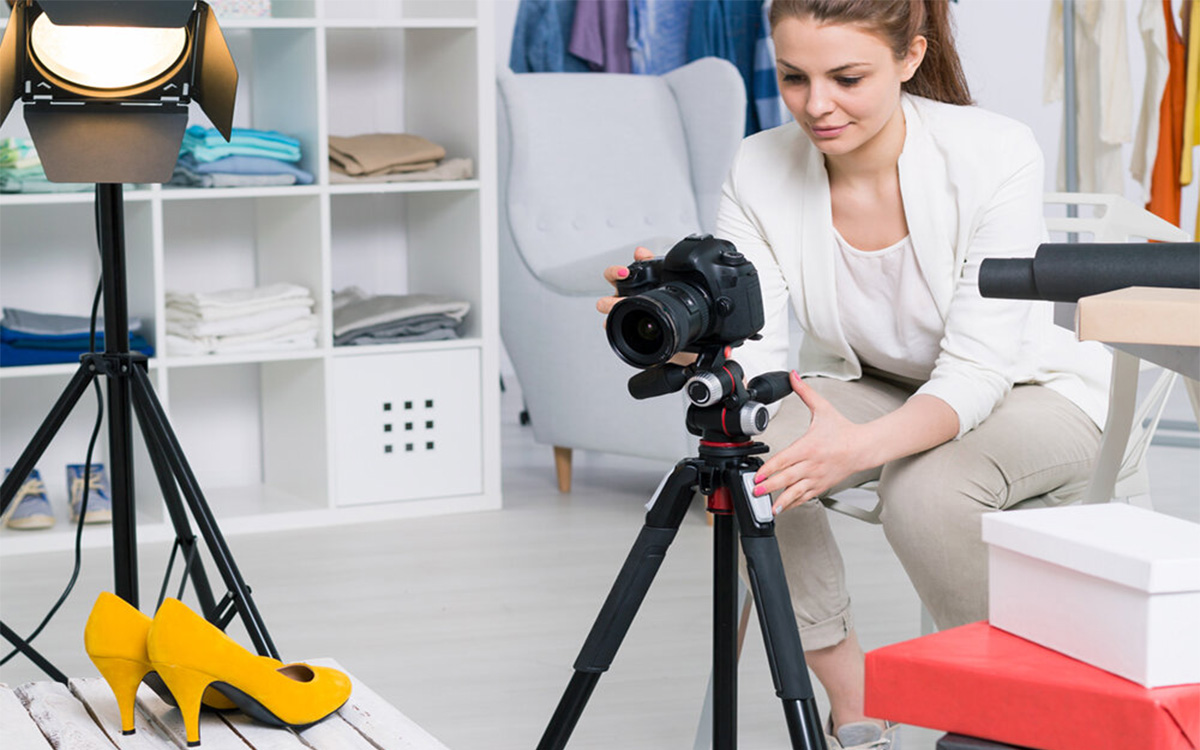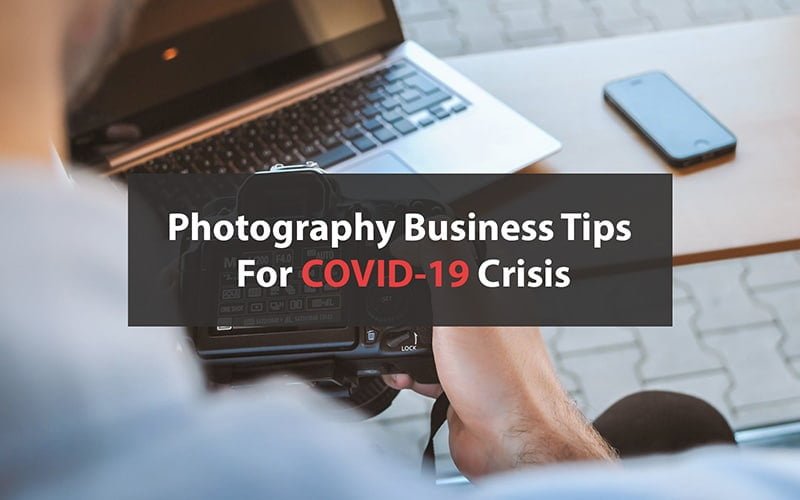One of the most memorable events in a person’s life is their wedding. It’s the legal connection between two individuals and their shared adventure. A journey that cannot be described, especially for those who are getting married.
It can definitely be described through photographs! That is where wedding photography becomes so important. Everyone wants to remember this unique time in their lives. As a photographer, you must guarantee that the photographs are as memorable as their wedding day.
The wedding service sector in the United States is estimated to be worth 51 billion dollars. Photography services are a part of that business, accounting for about 13% of total revenue!
And this is only a report from the United States; consider its global expansion. As a result, wedding photography is not something to take lightly.
Capturing this moment has evolved into a genre, a niche, and a thriving enterprise. Even if it’s done by relatives with their iPhones, it’s difficult to imagine a wedding without some form of photography!
But this isn’t always the case. Everyone wishes to save these memories in high-resolution photos taken by skilled professionals.
These tips for wedding photography will help you become one of those professionals and generate a significant income. Today, you will learn –
Wedding Photography Tips – Important Things You Need to Know
Any photographer’s abilities may constantly be improved with tips. Since there is a lot more to wedding photography than just capturing images, these tips are vital.
1. Bring at Least One Partner to Every Wedding Photography Job
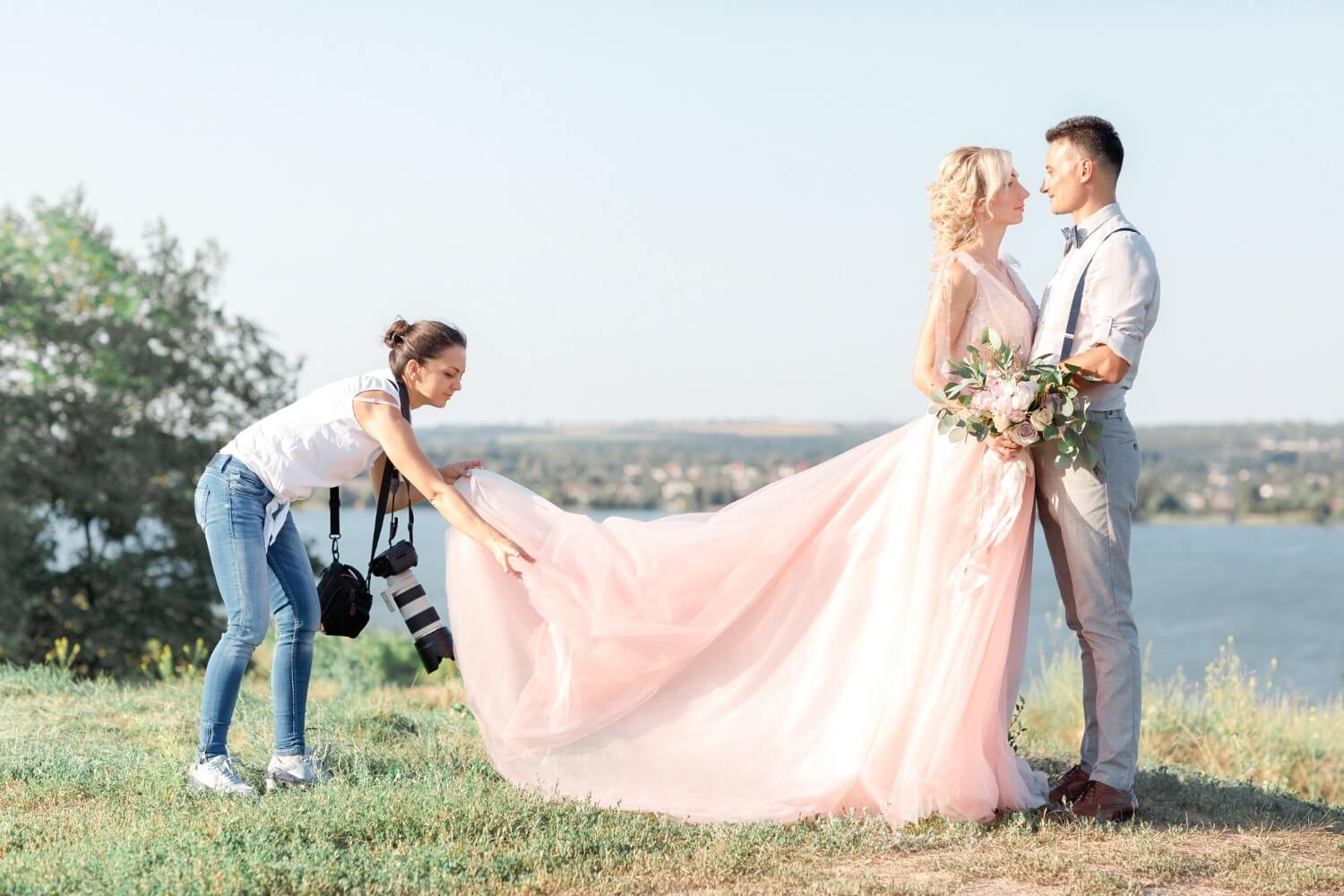
Capturing the perfect image is all about timing, lighting, and having the right angle – to say the least. Hence, bringing a partner along with you to help capture images from multiple angles ensures that you get more (and theoretically…better) shots.
By having a greater selection to choose from, you have more flexibility to throw out poor images.
Furthermore, partnering with another wedding photographer allows you more freedom to roam the venue to get the perfect image while your partner is working in another area of the venue. These partners will also be shifting stands, taking photographs, and doing other tasks that demand more than your own hands.
2. Verify Your Photography Equipment is Working Beforehand
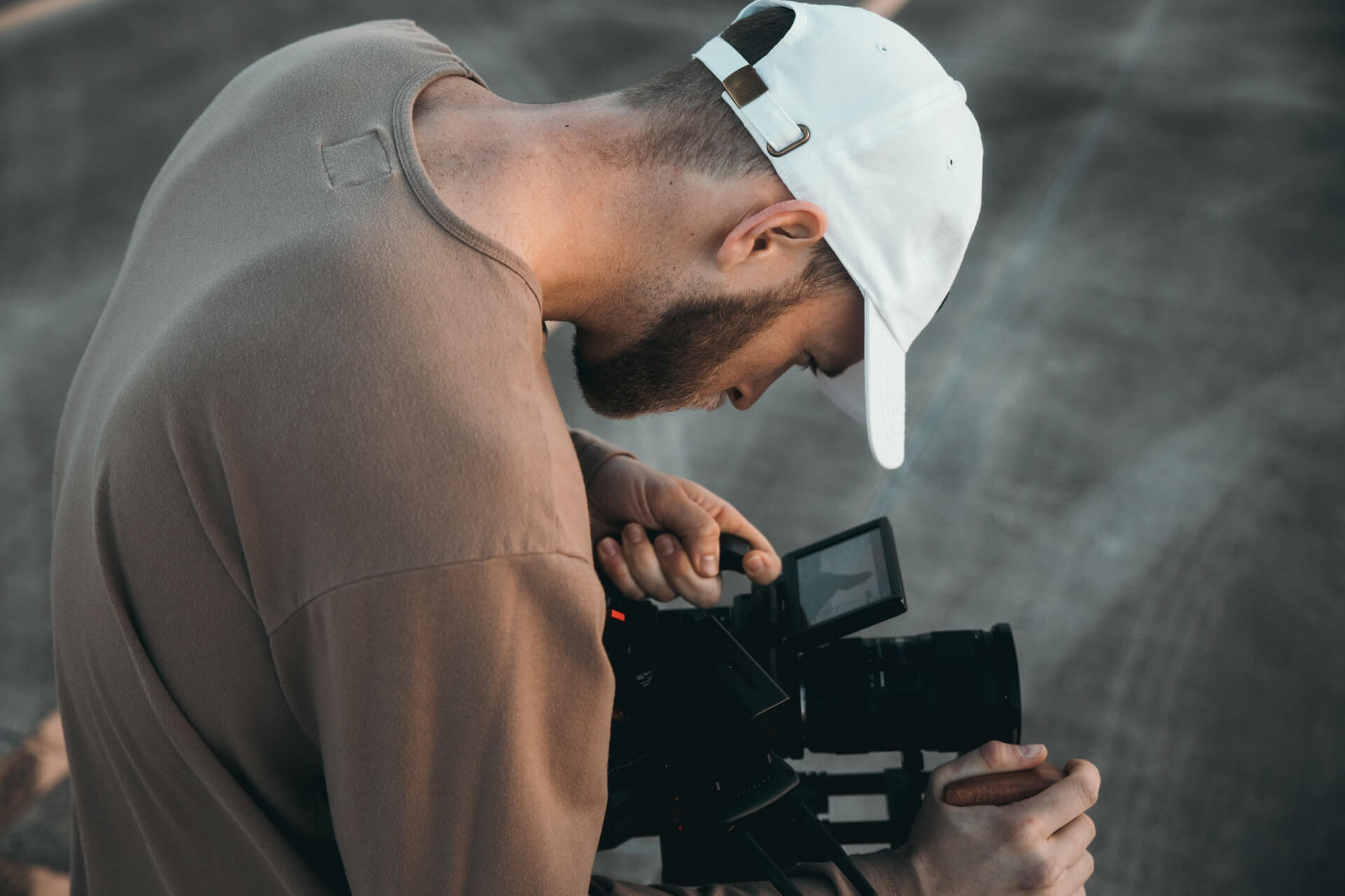
The day of the wedding is not the right time to check your photography equipment to make sure it is in working condition. Should your equipment fail at the time of the wedding, this would be catastrophic to both you and your client.
When a tripod snaps, what happens? Or what if one of your assistants becomes ill? What if your camera’s memory runs out? Not to sound pessimistic, but the battery might expire unexpectedly.
Don’t take that risk – check your equipment frequently. Additionally, it’s a great idea to bring an extra camera or lens as a backup just in case. Aside from an extra camera, be sure that you’re bringing the necessary extras like batteries and memory cards. Clean your camera lenses as well to keep them in tip-top shape.
Businesses frequently use contingency plans. These preparations should be made not only for your large-scale photoshoots but also for smaller-scale photoshoots. Preparing for these will aid you in dealing with calamities.
And believe me when I say there will be calamities!
3. Know the Venue
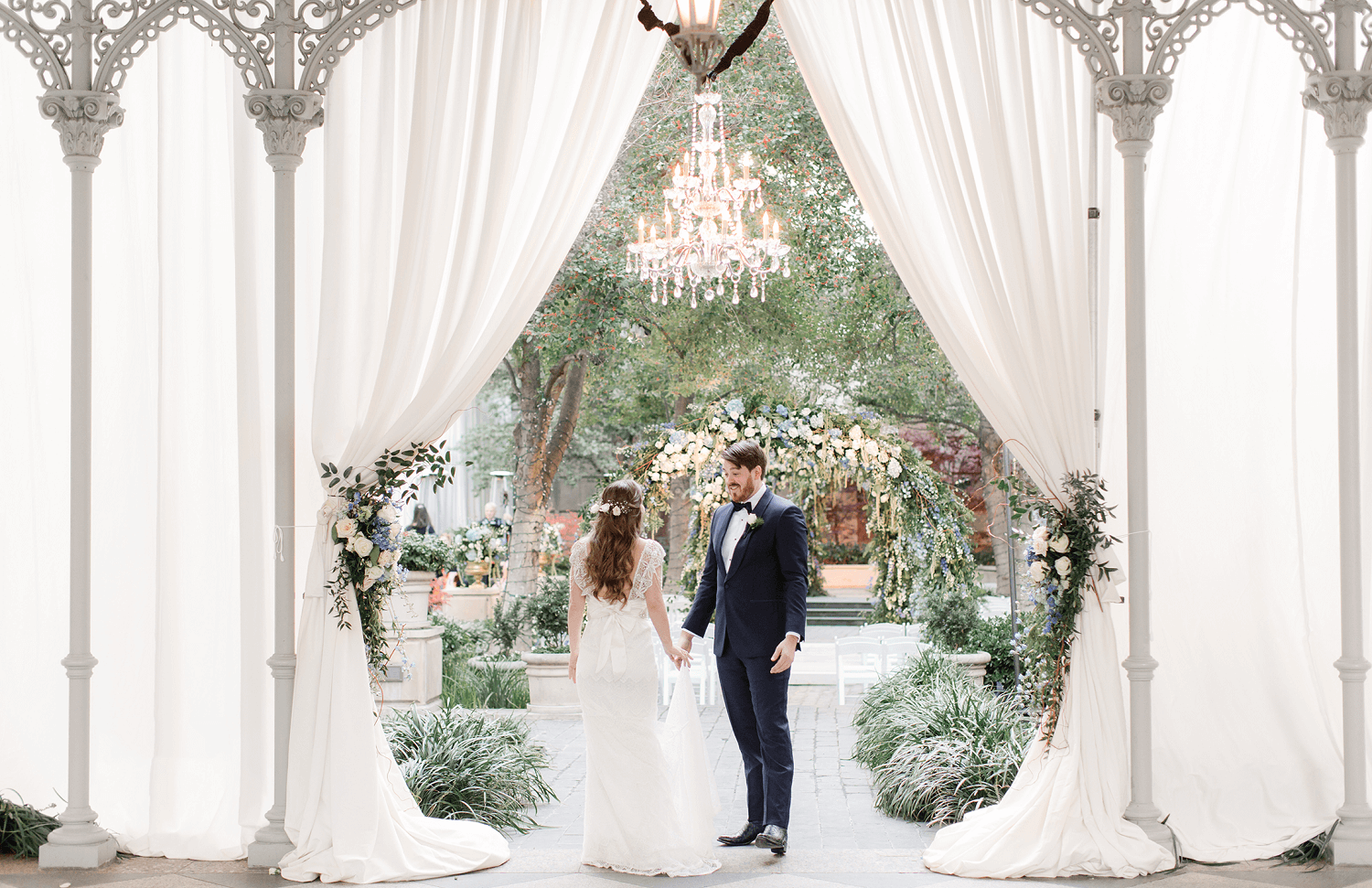
Beautiful scenery helps bring an image to life. Before a wedding event, it helps the photographer to visit the venue and get to know each area of the venue well.
Scouting the venue ahead of time will help you develop a better shot list for yourself as well as the client’s wishlist. It may also be used as a guide for your photographic setup. Due to your prior knowledge of the site, light stands and drones may all be used more quickly on the wedding day.
Become aware of your surroundings – and make the most of them.
4. Attend the Rehearsal
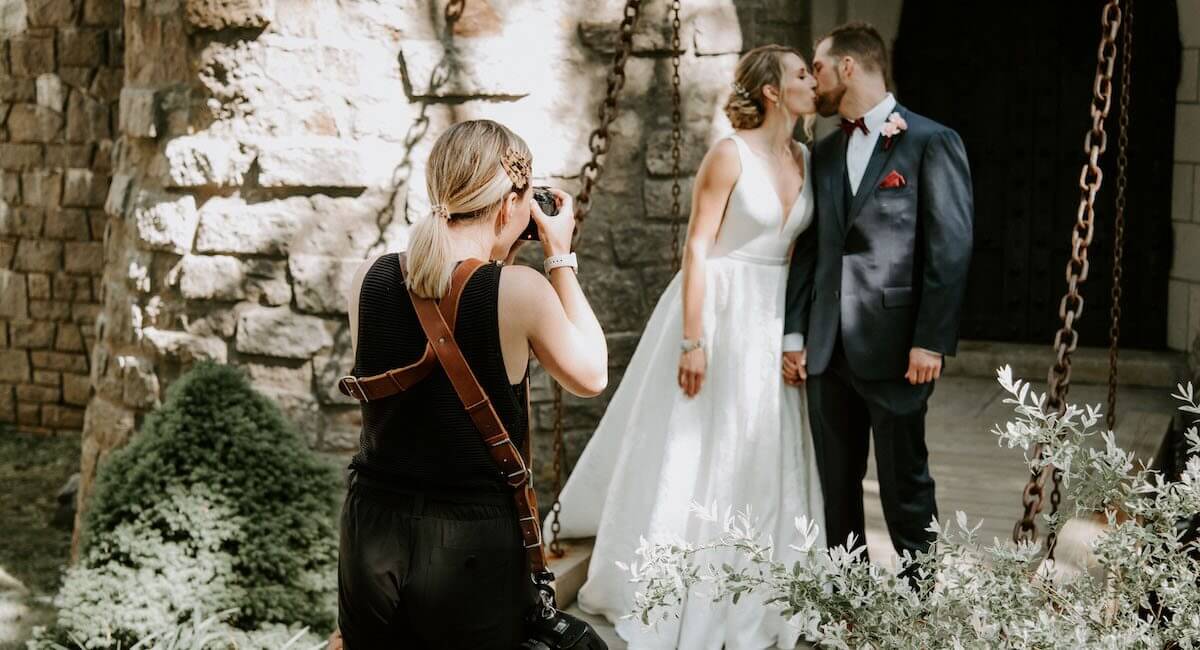
This one goes along with getting to know the venue, but it also helps to understand what to expect during the ceremony. An expert photographer knows that attending the wedding rehearsal gives them an opportunity to learn where the couple will be and when.
They may practice dancing, music, or anything else they planned earlier. If you can get permission to attend their rehearsals, it would be ideal.
The rehearsals will give you an idea of what to expect on the wedding day. The ceremony is a wonderful occasion, and it’s one of the things they’ll want to remember. It will be easier to picture frames and plan your shot list if you have a concept of what you want to do ahead of time.
Attending the rehearsal also provides you with some time to get to know the couple a little better and establish a relationship with them before their big day. In addition to that, you get to meet and greet other participants at the wedding, which helps to develop comfort for both parties.
Lastly, this gives the photographer an opportunity to shine and show their professionalism by going the extra mile. While many photographers are tempted to simply show up for the event, attending the rehearsal to plan your shots lets them know you take your job and their wedding seriously.
5. Photograph the Memorable Moments

Be alert at all times and make sure to catch every first.
The first kiss, the first dance, the moment when the bride walks down the aisle – it’s crucial to catch all of these. Parents may be laughing while dancing, children could be making a joke on the groom, and a caterer could slip a meal into his mouth!
These moments only happen once in a lifetime – but a beautiful photograph keeps their memory alive forever. There will be shots outside your list that you must be ready for.
Even if the client did not expressly request them, when you do deliver them to them, they will be more appreciative of your work and regard your business as more than just a photographic team.
You will, without a doubt, be recommended to others!
This is another reason why it’s so important to attend the rehearsal. By performing your due diligence ahead of time and attending, you have a much better idea of the procedures of the event.
6. Learn how to Use Natural and Artificial Lights
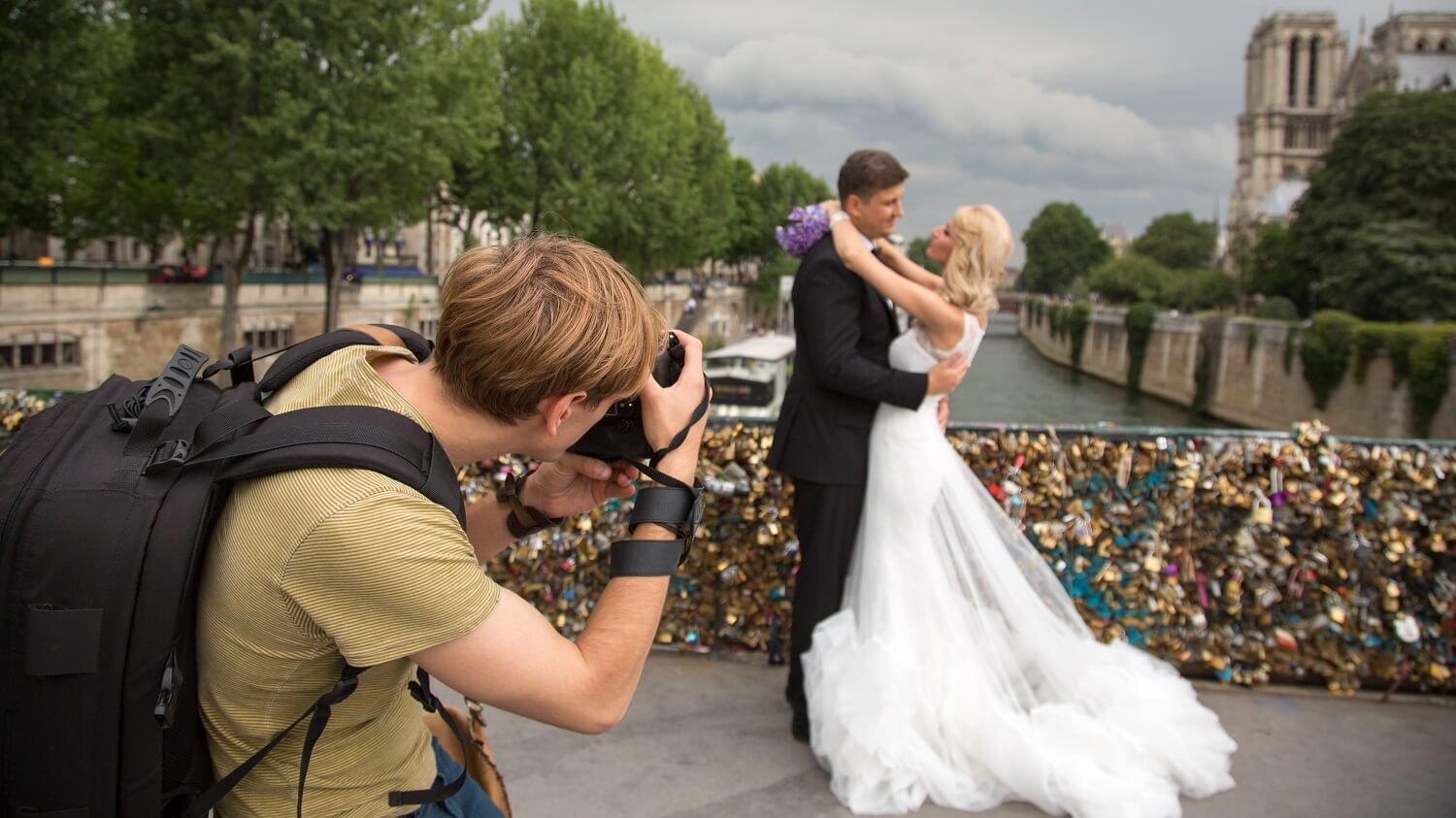
The majority of the venues will be a combination of indoor and outdoor spaces. You can surely use natural light in your photographs in those circumstances. It’s no secret that sunshine gives a photograph a brilliance and warmth that no other artificial light can match.
Also, don’t take artificial lighting for granted. This light will illuminate areas where the sun will not be able to shine.
If the wedding is entirely indoors or takes place at night, though, you will require a lot of artificial light. This will undoubtedly alter your approach to the photo shoot.
7. Choose The Right Camera Settings
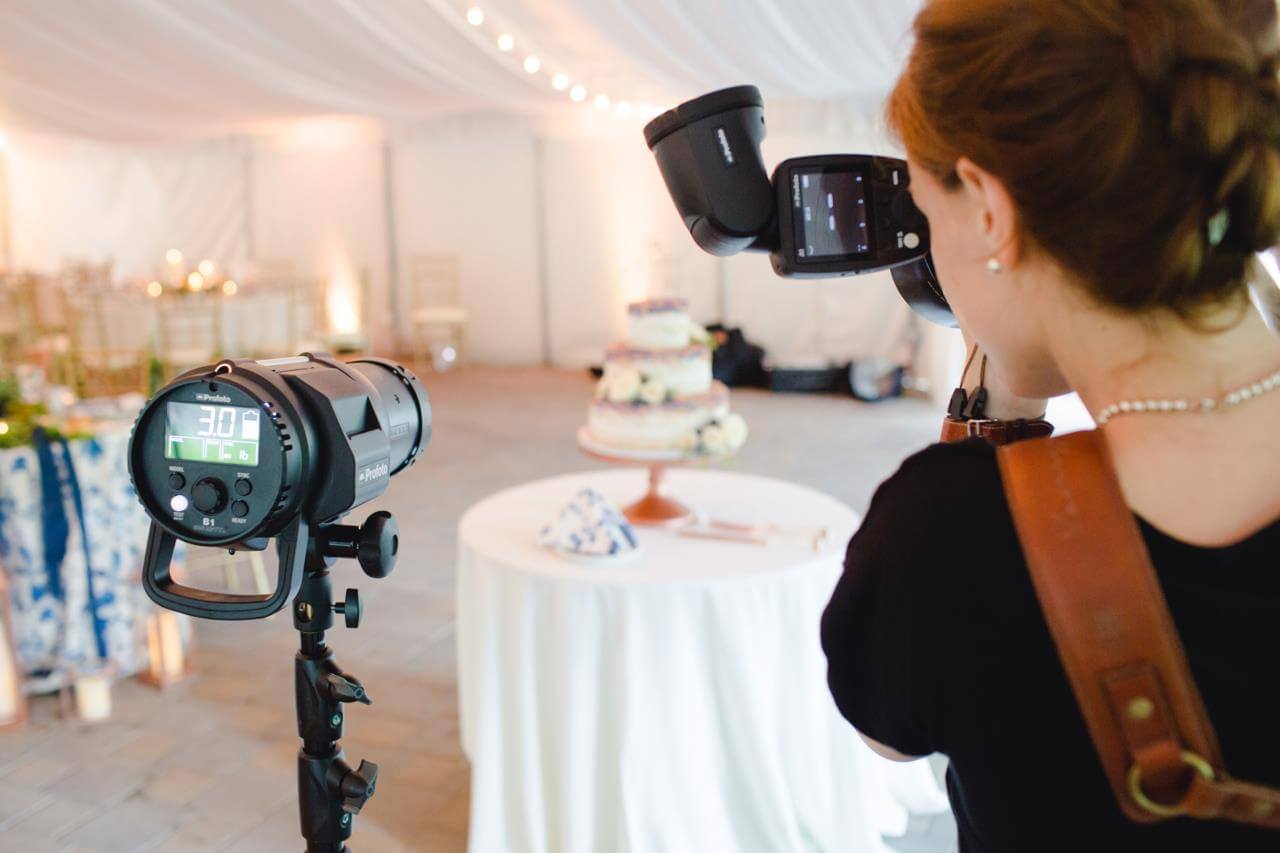
This is self-explanatory, but it must be stated anyway! For each type of photography, adjusting the camera settings is essential. A wedding isn’t the same as a fashion session or a product shoot. You won’t have time to ponder or plan for a wedding.
The ISO, Aperture, and Shutter Speed are just a few of the variables you’ll need to adjust on the fly. In low-light situations, a higher ISO may be required, and vice versa. A shot with a good background could benefit from a larger aperture to increase the depth of field, but the next photo might require something quite different.
As a result, you’ll need to maintain the habit of altering your camera settings throughout the day. Preparing location-based presets is a smart habit to get into. Switching between settings will be a lot faster as a result of this.
8. Take Plenty of Group Portraits
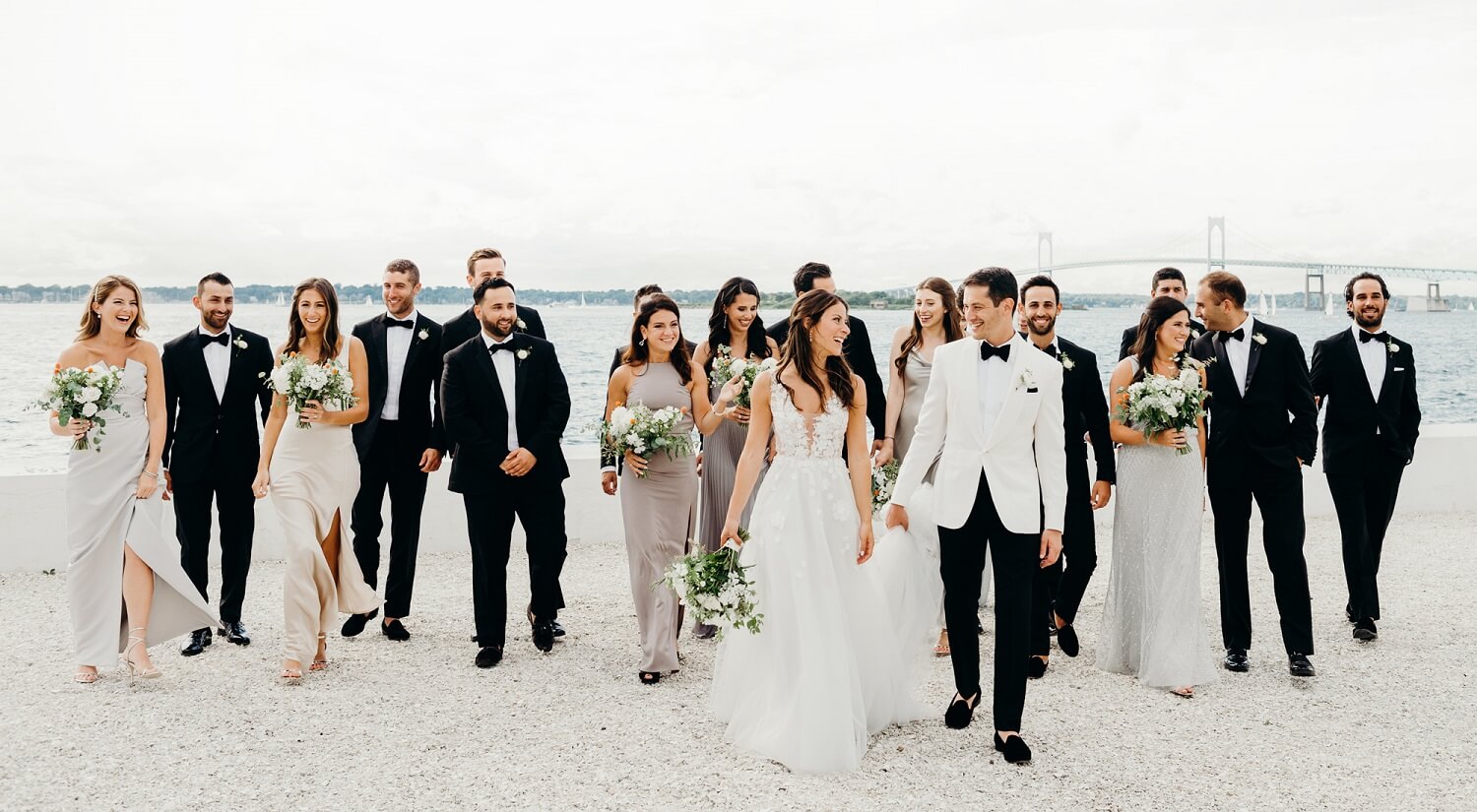
While it’s the couple’s day, they also want to remember sharing it with their loved ones. Be sure to line up plenty of group photos with the bridal party, family, and friends.
These photos include family members such as parents, in-laws, cousins, extended relatives, and acquaintances.
Additionally, take the opportunity to have the bride pose along with her bridesmaids for some photographs. More group shots with the groom and his groomsmen also work very well.
9. Prepare for Severe Weather
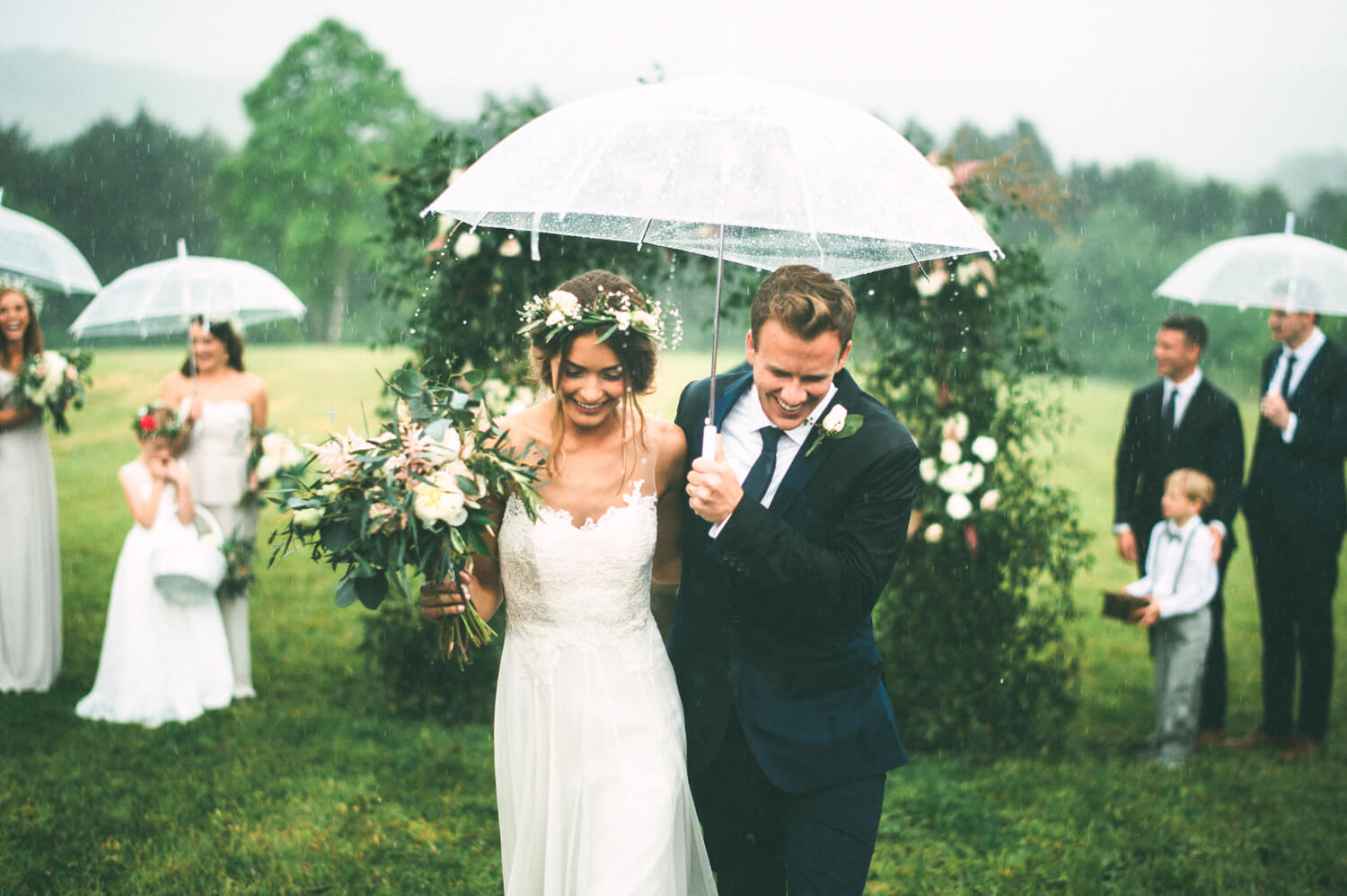
Nature is unpredictably unexpected. Regardless of the weather forecast, it might rain, storm, or fog up at any time.
Always be ready for these possibilities. You won’t be able to modify the weather, but you will be able to adjust the way you take photos in it. Carrying waterproof equipment, for example, is an excellent technique. It may rain and cause the wedding to be delayed, but it will not delay your photoshoot!
10. Know Wedding Traditions and Meanings
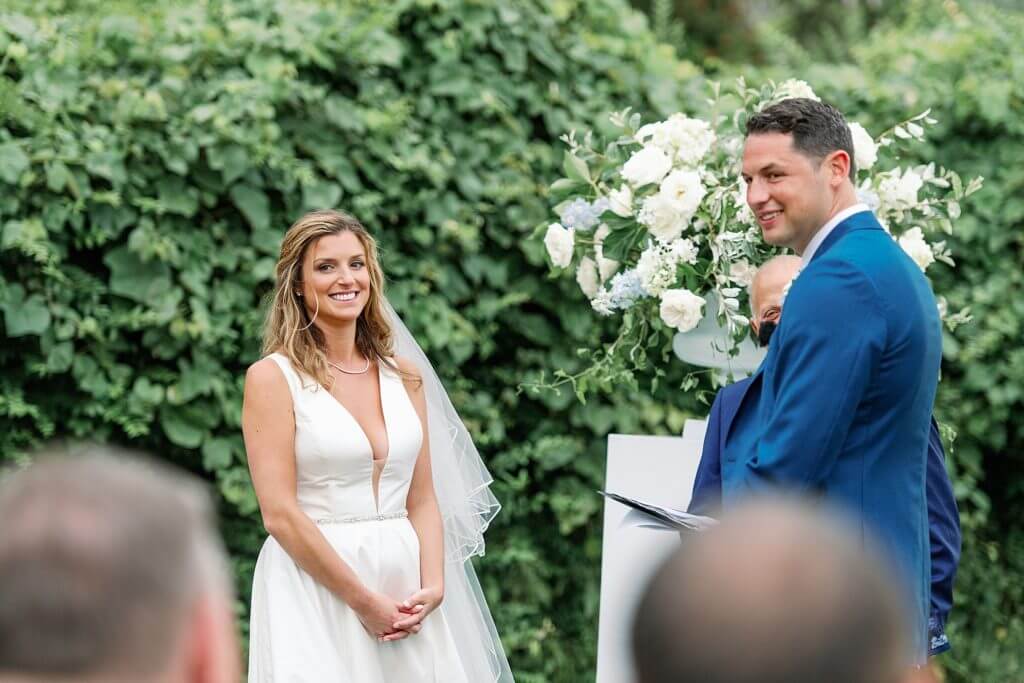
Weddings aren’t all the same. If you want to cater to a broad audience, you must be informed of the many types of weddings that take place in your area.
Wedding customs are heavily influenced by culture and religion. As a result, you must be aware of and attentive to these issues. You can inquire of your customer for that knowledge, but doing so may make you look uninformed.
The best thing you can do is take some time to research different religions and wedding traditions in your area. Because the modern world is expanding with a diverse population, there’s a strong probability that your country/city will have at least two distinct wedding traditions.
Understanding the significance of these customs will assist you in taking proper photographs that will satisfy the customer. Otherwise, you may shoot a wonderful photo that you think is great but is insulting to their family!
11. Shoot the small details
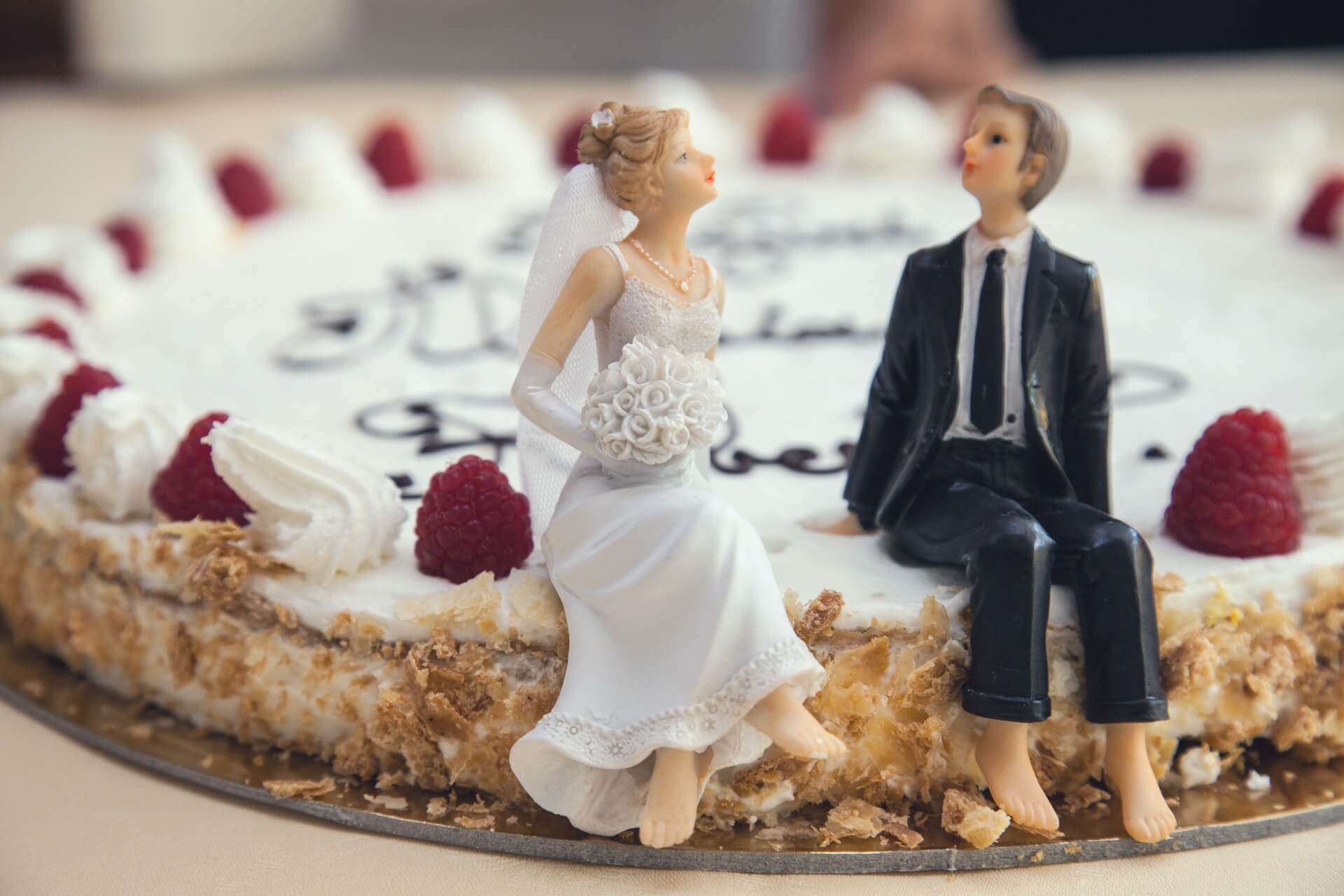
Everything matters, starting with muffins, cakes, sweets, dogs, and flowers. These are all important aspects of a wedding, and your album should not have many photographs of the same event.
Keeping an eye out for these minor details can aid in the enrichment of your work. That’s where helpers come in handy: you may designate a photographer to take images of such items exclusively.
12. Always sign a contract
A client’s vow to a service provider is no less than a marriage! You should have the paperwork ready that both you and the service leaser will sign, much like the couple signs a legal contract for their marriage. Anyone with legal authority to sign contracts, such as the couple, their family, or their lawyer, might be the leader.
A contract will guarantee that the timing, schedule, amount of images, hours you will work, and other details are all agreed upon. This legal document will help you demand compensation for any extra hours you put in.
It will also include costs for cancellations, relocations, and last-minute modifications of plans. For any type of photographic assignment, never rely on word of mouth. Contract signing is a professional habit that assures you and the client’s credibility.
13. Don’t worry too much
Wedding photography, as you may have guessed, has several elements! This is not a simple equation to solve. Problems will continue to arise until the day you provide your photographs, and the client pays in full.
You must maintain patience throughout the entire procedure. It’s normal if you’re nervous about leading your photographic crew. However, you must treat it as if it were your kid. You must be patient, just like a serious parent is with their children.
It’s okay if you have a few setbacks now and again, as long as you’re striving to improve your approach. So, don’t worry too much!
Wedding Photography Editing Tips – Ensure High-Quality Photograph Editing
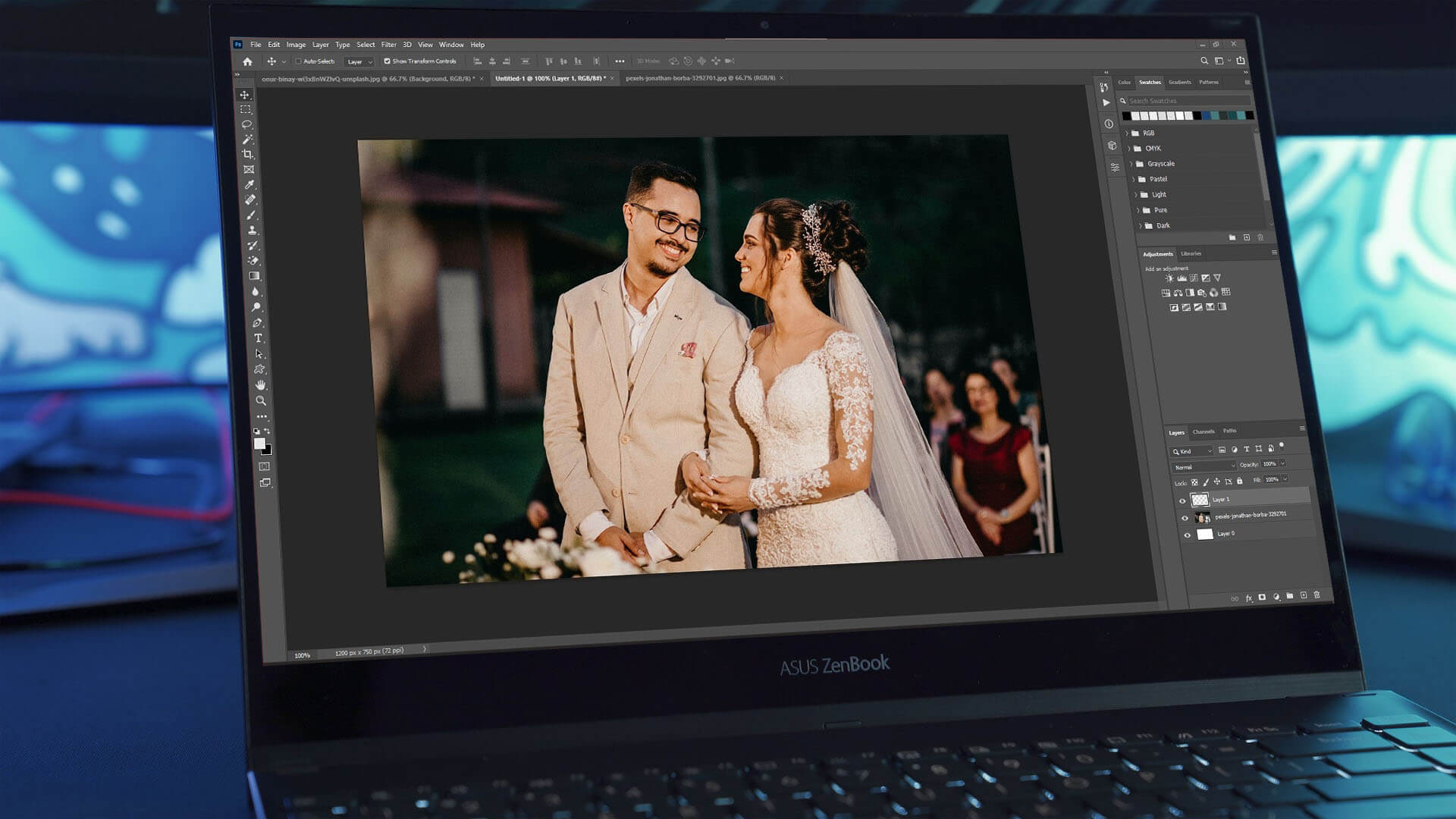
Post-production is an important part of photography. You must edit your shots no matter what niche you serve or how good a photographer you are. These wedding photography editing tips will guide you to making the right choices.
Invest in the right software tools
With simple to learn-and-use capabilities, good editing software allows you complete control over the appearance of your photographs. A few minutes spent touching up a photo may be the difference between a snapshot that is viewed once and one that is stored and treasured.
And it’s not only for professionals: no matter how good your camera or how good your skills are, utilizing the best photo editing software may help you improve your photos before submitting them to clients.
If your clients are going to put their wedding photographs in a photo book, you’ll definitely want to utilize some editing tools to make sure they look their best.
There are typically 2 kinds of photo editing software.
Computer-based like Photoshop and Lightroom (for highly technical editing)
Web-based like Fotor, Pixlr, and Canva (for quick and easy editing)
Whichever you invest in, make sure it’s the right one for you. At the start of your wedding photography business, you can continue it with web-based editing software. But as you grow, you will need to do technical editing like retouching, liquifying, clipping path, background removal, and more. For which, computer-based software will suit you best.
Outsource your images
Hundreds of thousands of photographs are taken at a wedding. You’ll be shooting several weddings as your business expands. Consider how many photographs you’ll have to work with. Will you be able to edit so many photographs on your own?
As a result, it’s advisable to outsource post-production to organizations that specialize in batch editing.
Of course, a quick internet search will allow you to make your own decision. You can outsource your work to freelance marketplaces as well. But be cautious, because both time and quality are important considerations.
Choosing a lower-tier editing service won’t affect their business in the long term, but it will hurt yours!
Learn: Is a photographer considered a vendor?
Watch the Video | Wedding Photography Tips And Advice For Beginners
Final Thoughts
Weddings are a special time in people’s lives. They are a time of unity – when two become one. It is a time to make memories – and capture them on film, too. If you’re a photographer, it’s especially important to understand the steps to take to produce the best wedding photography possible.
Perform your due diligence. Plan thoroughly, plan ahead of time, and show the couple that you care. The extra effort goes a long way in capturing high-quality wedding photography and providing a level of service that is sure to get you referrals.
Finally, don’t underestimate the importance of the photo editing process. We hope that these wedding photography tips for beginners and experts alike, lead you to ultimate success!
